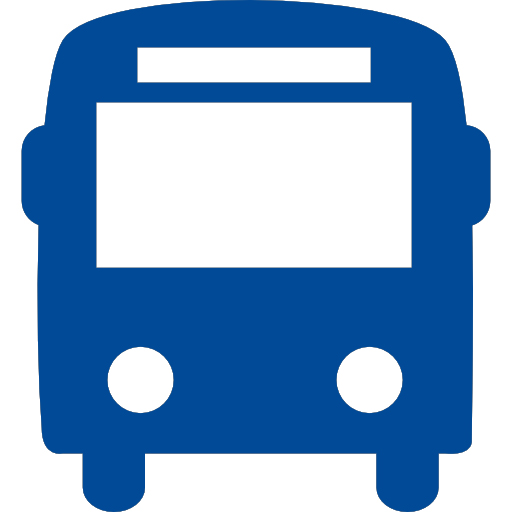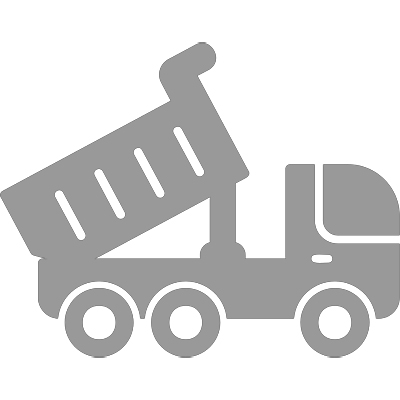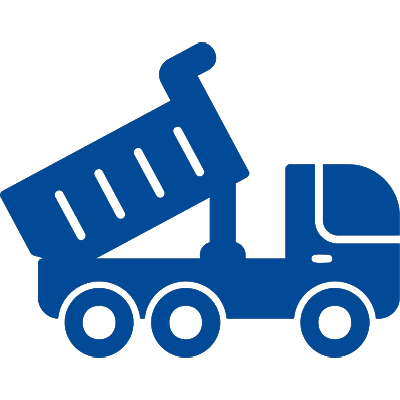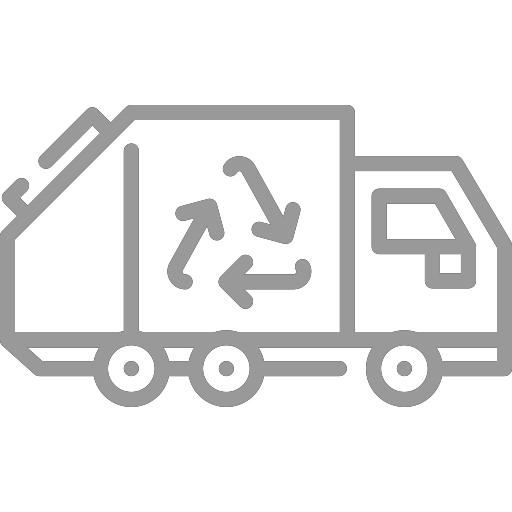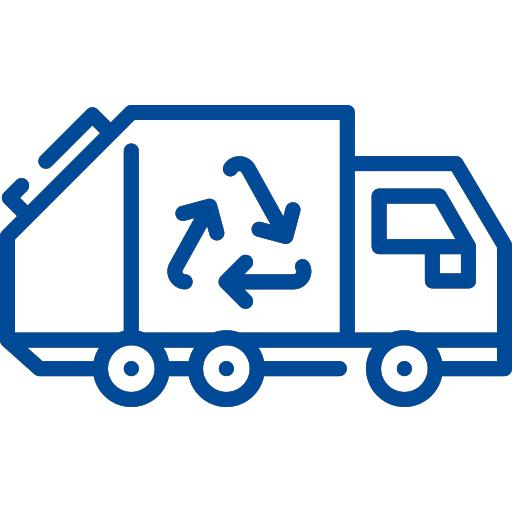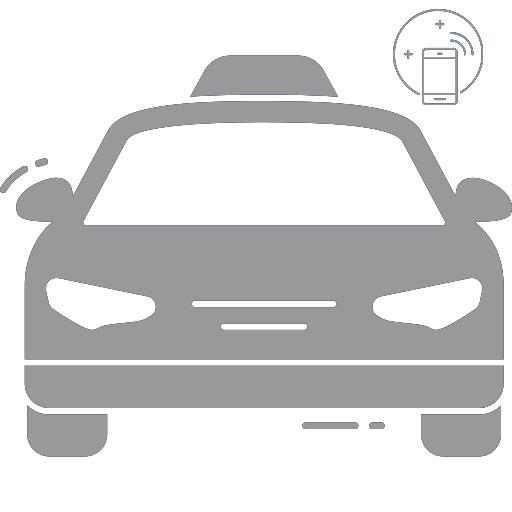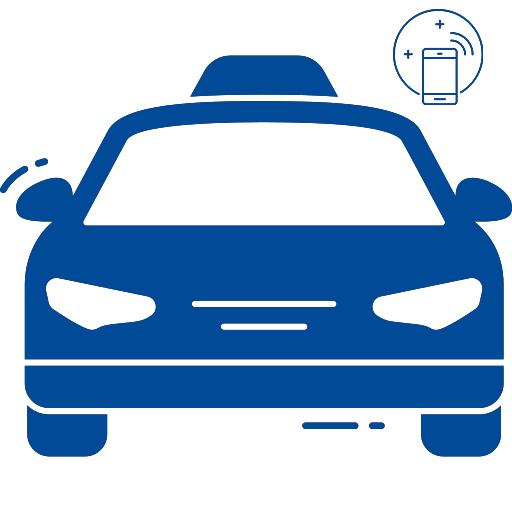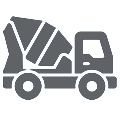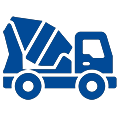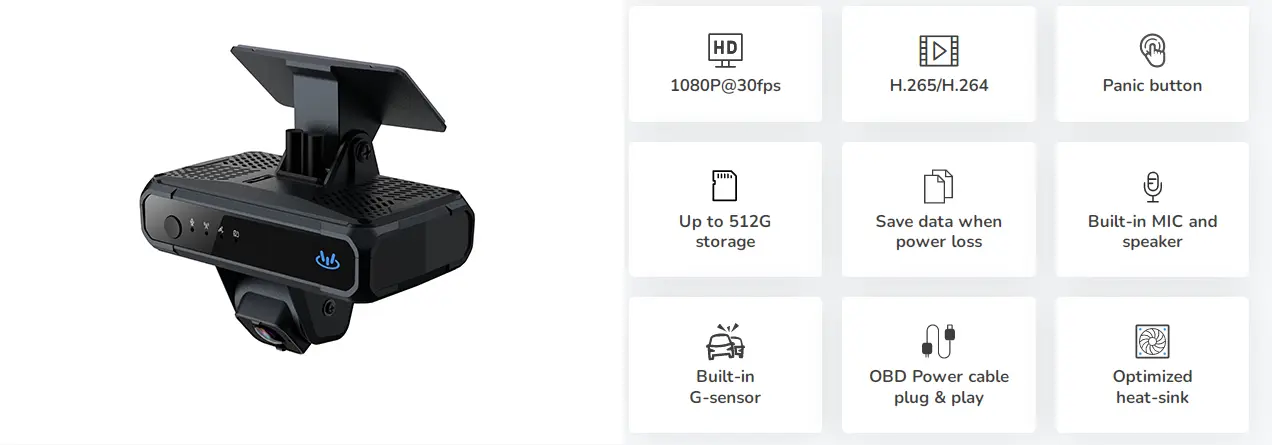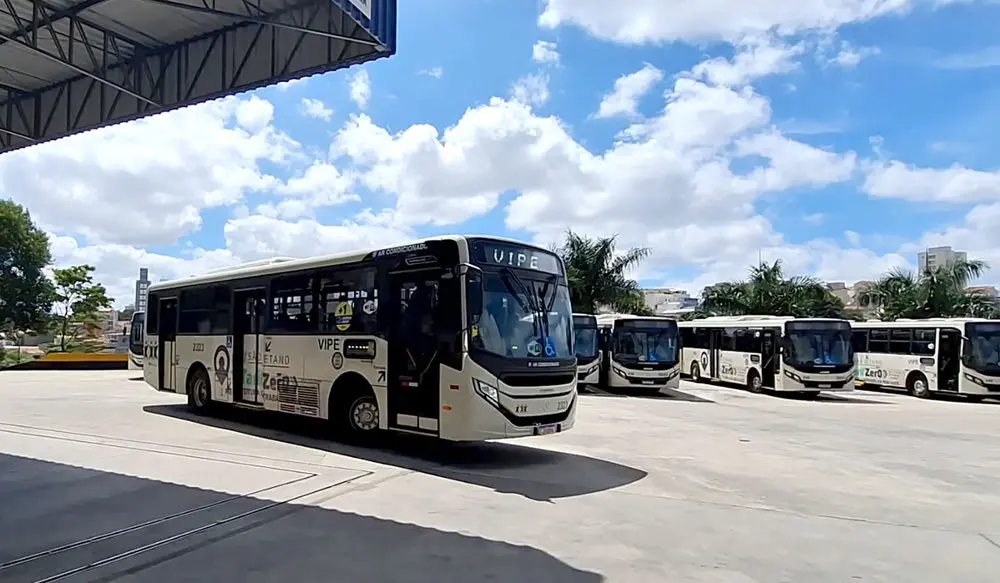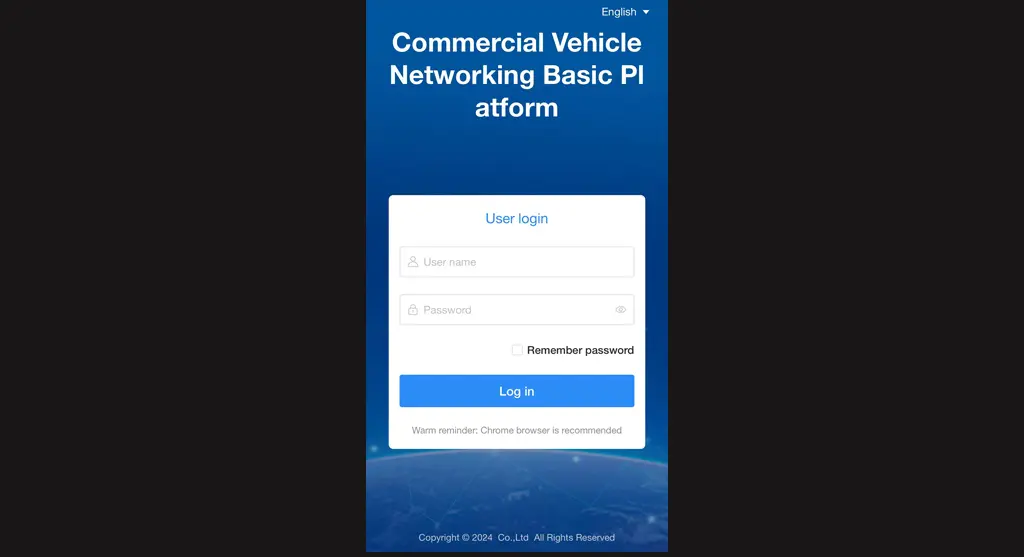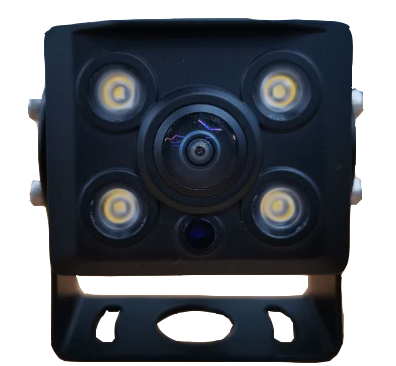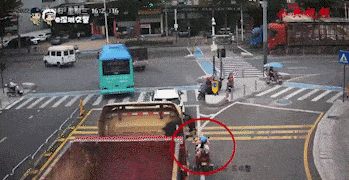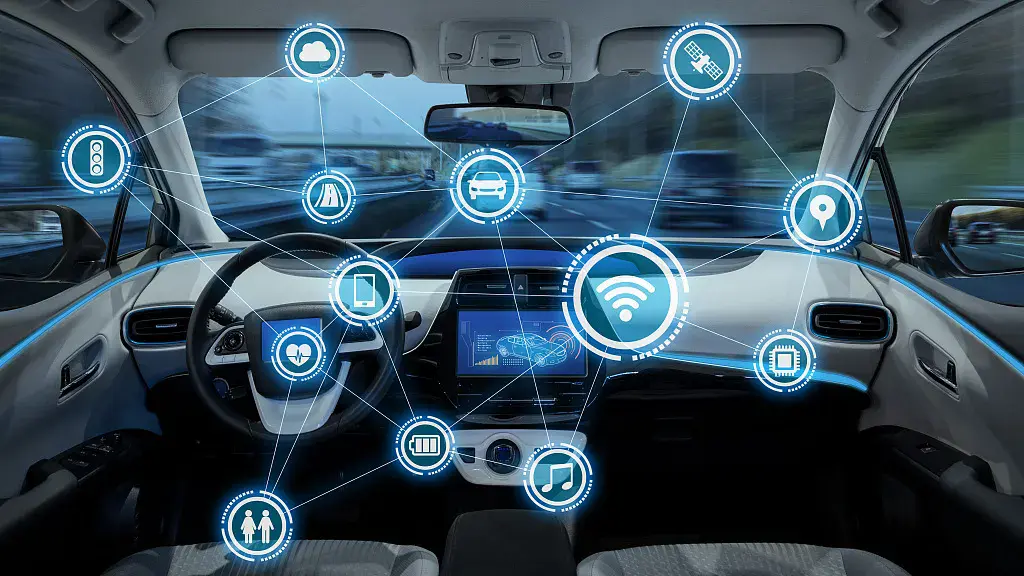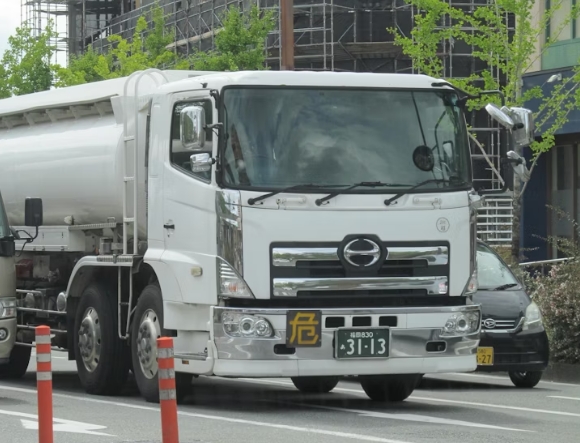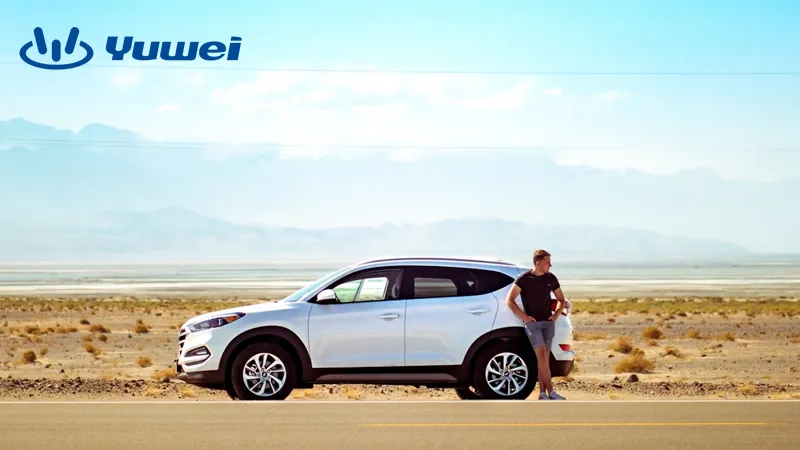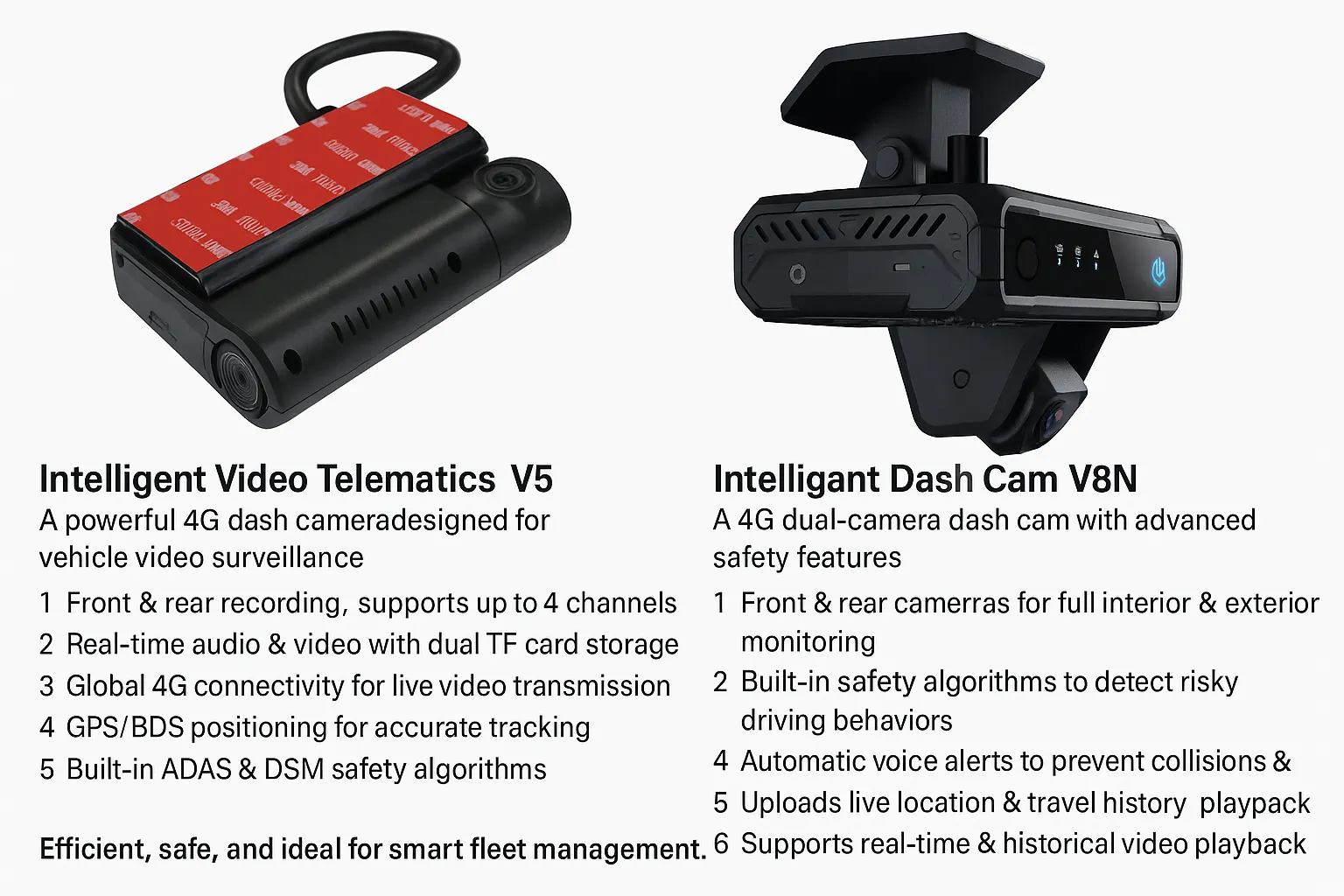What Is Forward Collision Warning (FCW) and How It Works?
What Is Forward Collision Warning (FCW)
Forward Collision Warning (FCW) is a key component of Advanced Driver Assistance Systems (ADAS). It detects the speed and distance of vehicles ahead through sensors and cameras to calculate collision risks. Once the distance is too close, it alerts the driver with visual or audio signals. In some cases, it can even automatically apply brakes to avoid collisions or reduce impact severity. It not only improves the safety of occupants and pedestrians but may also lower insurance costs. However, its effectiveness can be affected in severe weather, and subsequent technical upgrades will continuously improve its performance.
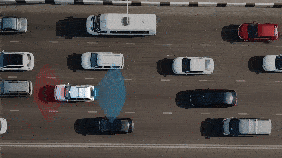
Forward Collision Warning (FCW):
1.Definition of FCW
Forward Collision Warning (FCW) is an active safety technology based on sensors (such as radar and cameras). It real-time monitors the distance, relative speed, and direction of vehicles or obstacles ahead, calculates collision risks, and issues alerts to the driver before dangers occur. Its core values include:
① Risk prediction: Provides 0.5-2 seconds of golden reaction time when the driver is distracted or has delayed reactions.
② Accident prevention: When working in conjunction with AEB (Autonomous Emergency Braking), it can reduce rear-end collision rates by over 40%.
③ Compliance guarantee: Meets international standards such as China's GB/T 33577-2017 and satisfies the mandatory installation requirements for commercial vehicles.
How Does FCW Work?
The YUWEI FCW system relies on multi-sensor fusion technology to achieve millisecond-level response through the following processes:
(1) Environmental perception:
① Forward-looking camera: Identifies lane lines, vehicle contours, and traffic signs.
② Millimeter-wave radar: Accurately measures target distance (accuracy up to ±2cm) and relative speed (±0.5km/h).
③ LiDAR (optional): Enhances target tracking capabilities in complex environments.
(2) Risk modeling:
① Warning distance: Calculated based on the average driver reaction time (1.5 seconds).
② Braking distance: Combined with vehicle deceleration models (such as ISO 15623 standard).
③ Safety margin: Reserves dynamic buffer distance to adapt to sudden road conditions.
(3) Hierarchical warning:
① Level 1 warning: Visual (dashboard flashing) + audio (beeping) prompts.
② Level 2 warning: Tactile vibration + voice broadcast, linking with the AEB system to prepare for intervention.
YUWEI Fleet Camera System:
1.Hardware Architecture: Four Core Components Empowering Safety
Module | Technical Specifications | Functional Highlights |
Smart Camera | 1080P HD + infrared night vision, 120° wide angle | Supports license plate recognition and Lane Departure Warning (LDW) |
Millimeter-wave Radar | 24GHz/77GHz dual-band, detection distance of 150m | Stable operation in rain, snow, and fog with strong anti-interference ability |
GPS/BDS Positioning | Sub-meter level accuracy, real-time trajectory tracking | Electronic fence, overspeeding/fatigue driving alerts |
DMS Monitoring Module | Infrared camera + AI algorithm | Blink detection, phone call recognition, fatigue scoring |
2.Functional Integration:
(1) FCW + ADAS collaborative defense:
① Adaptive Cruise Control (ACC): Automatically adjusts speed according to the vehicle ahead to maintain a safe distance.
② Blind Spot Detection (BSD): Alerts to approaching vehicles from the side and rear to eliminate lane-changing risks.
(2) Video monitoring + big data analysis:
① Event playback: 5-second pre-accident videos are automatically stored in the cloud to support liability determination.
② Driving behavior analysis: Statistics on sudden acceleration/braking to optimize fleet fuel consumption and efficiency.
(3) In-depth linkage between GPS + electronic maps:
① Dangerous road section warning: Identifies high-accident areas in advance and automatically reduces vehicle speed.
② Optimal route planning: Avoids congestion and construction sections to reduce idling risks.
Why Must Fleet Managers Choose the YUWEI FCW System?
1.Cost-Effectiveness: Direct Returns from Reduced Accident Rates
① Insurance discounts: Systems meeting E-NCAP standards are eligible for premium reductions.
② Operational and maintenance savings: Reduced repair and downtime costs due to fewer accidents.
2.Compliance and Brand Value
① Policy compliance: Meets mandatory installation requirements for fleet vehicles in various countries.
② Customer trust: Safety records can be generated into reports to improve the company's ESG rating.
Email:hello@yuweitek.com














